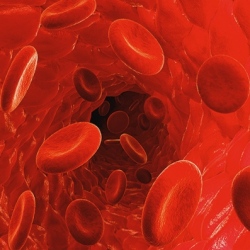
As a patient prepares to become the first in history to receive his own genetically engineered stem cells for sickle cell disease, scientists are already improving the approach. Immunologist Donald Kohn will be adding a healthy version of the hemoglobin, beta (HBB) gene, mutated in sickle cell, to blood stem cells taken from a patient’s bone marrow.
Then his team will give the corrected stem cells back. Kohn’s team is confident, given that the same approach, adding a gene to cells with one gene mutation, has been succeeding in two of Kohn’s (also pioneering) adenosine deaminase-severe combined immunodeficiency (ADA-SCID) gene therapy trials. Meanwhile, both he and hematologist Linzhau Cheng of Johns Hopkins University published papers this month that went further, correcting the mutation in sickle cell blood cells.
“Both studies for developing next-generation gene correction of sickle cell disease are worthy,” Cheng told Drug Discovery & Development. “These are significant steps forward from the previous gene therapy strategies: using viral vectors to add a copy of genes into hematopoietic stem and progenitor cells.”
